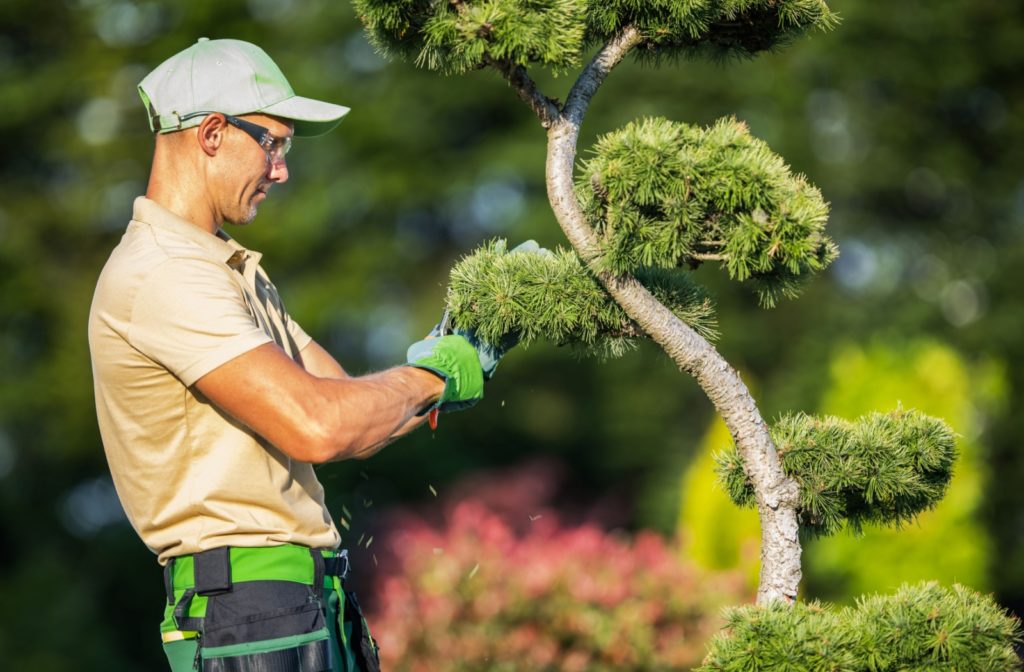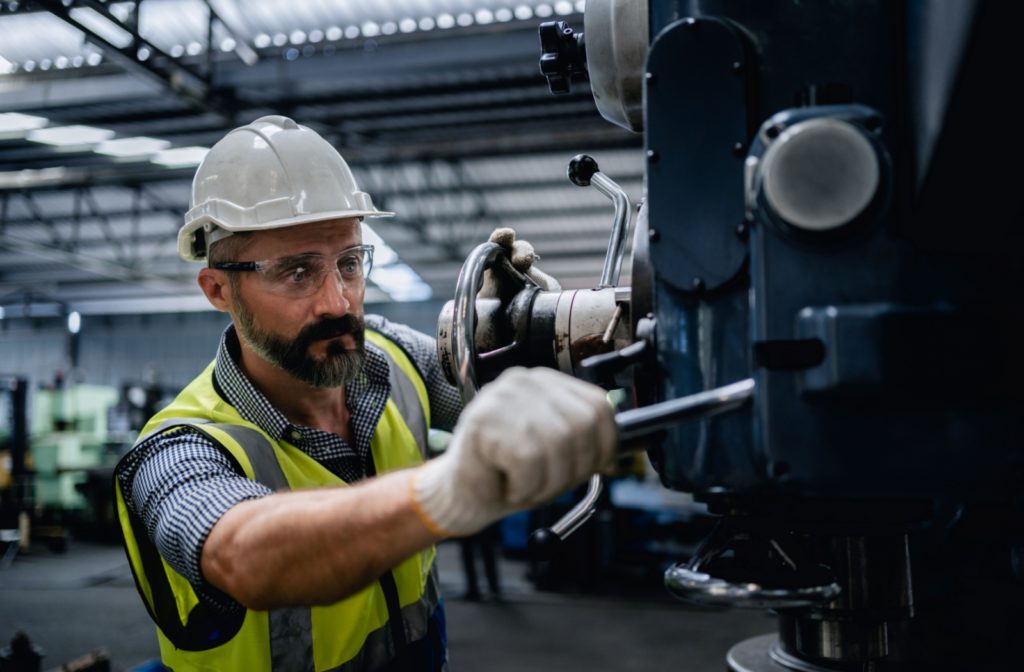Protecting your eyes is crucial, whether at work, tackling a DIY project, or enjoying a sport. Safety glasses are more than just a precaution—they’re necessary in various environments. You should wear safety glasses whenever it’s required by law or at any time when there’s a risk of eye damage.
Many environments create risks that can result in a serious eye emergency if something goes wrong. Fortunately, with modern lens technology, your eye doctor can even provide you with safety glasses lenses that have your prescription, so you never have to choose between protecting your eyes or clear vision.
The Importance of Safety Glasses in Various Environments
Our eyes are incredibly delicate and can be exposed to numerous daily hazards. From flying debris at construction sites to chemical splashes in laboratories, potential eye injuries are everywhere. Safety glasses are a critical barrier against these dangers, and significantly reduce the risk of injury.
Wearing safety glasses isn’t just about avoiding injury—it’s about maintaining your quality of life by protecting your vision. Eye injuries can lead to temporary or permanent vision loss, affecting your ability to work and enjoy activities. A simple pair of safety glasses can, in many cases, prevent life-altering consequences.
The necessity of safety glasses extends beyond just high-risk jobs. Even everyday activities, like mowing the lawn or working with household chemicals, can threaten your eyes. Understanding the importance of safety glasses is the first step toward better eye protection.
Applications of Safety Glasses
There isn’t any single time or application where safety glasses should be worn. One should ultimately abide by any rules or regulations that dictate when to wear safety glasses, especially if it’s not otherwise apparent.
In the Workplace
Different professions have varying requirements for safety glasses. Construction workers, electricians, and plumbers often encounter flying particles, dust, and other hazards that necessitate eye protection. Industrial workers might face risks from chemical splashes, molten metal, and radiation, making safety glasses indispensable.
Healthcare professionals also need to wear safety glasses to protect against biological hazards. For example, laboratory technicians are often at risk of chemical splashes and should always wear eye protection when handling hazardous materials.
The key is to assess your workplace environment and identify the specific risks to determine when safety glasses are necessary.
During Home Improvement & DIY Projects
Home improvement projects often involve tasks that can pose risks to your eyes. Safety glasses are essential whether you’re sanding wood, using power tools, or handling chemicals. Flying debris, dust particles, and chemical splashes can cause serious eye injuries if you’re not protected.
DIY enthusiasts should make a habit of wearing safety glasses whenever they engage in activities that could harm their eyes. This includes simple tasks like hammering nails or using a saw. Even seemingly harmless activities can become dangerous without proper eye protection.
Sports & Recreational Activities
Many sports and recreational activities also require safety glasses. Sports like racquetball, basketball, and hockey involve fast-moving objects that can easily injure your eyes. Safety glasses designed for sports are typically more durable and impact-resistant than regular eyewear.
Outdoor enthusiasts should wear safety glasses when engaging in activities like mountain biking, rock climbing, and fishing. These environments present unique hazards, such as flying debris, branches, and even insects that can cause eye injuries.
Classroom & Laboratory
Students working in science labs are often exposed to chemicals, glassware, and other hazardous materials. Safety glasses should be worn whenever students are conducting experiments. This practice protects their eyes and instills a sense of responsibility and safety awareness.

How to Choose the Right Safety Glasses
Safety glasses aren’t a one-size-fits-all solution. The type you choose will often depend on what you’re doing. Your optometrist can help you select the frames and lenses that will benefit you in your particular situation.
Understand the Types
There are various types of safety glasses designed for different environments and risks. For example, wraparound glasses offer better coverage for jobs involving flying debris, while goggles provide a snug fit for protection against chemical splashes. Understanding the specific needs of your environment will help you choose the right type.
Consider Fit & Comfort
Safety glasses should be comfortable to wear for extended periods. Look for features like adjustable nose pads, lightweight materials, and anti-fog coatings. A good fit ensures the glasses stay in place and provide maximum protection without causing discomfort.
Evaluate Safety Standards
Ensure that the safety glasses you choose meet relevant safety standards, such as ANSI Z87.1 in the United States. This certification ensures that the glasses provide adequate protection against various hazards. Checking for these standards guarantees reliable and effective eye protection.
Don’t Choose Between Clear Vision & Safety
Safety glasses are a simple yet effective measure to protect your eyes from various hazards. Whether you’re in a high-risk profession, working on a home improvement project, playing sports, or studying in a lab, wearing safety glasses is essential.
But you should never be stuck choosing between clear vision and protecting your vision. Call our team or stop by and see us at Total Vision Rancho Santa Margarita today. We’re happy to show you how we can fit prescription lenses that meet the safety specifications that you need.


